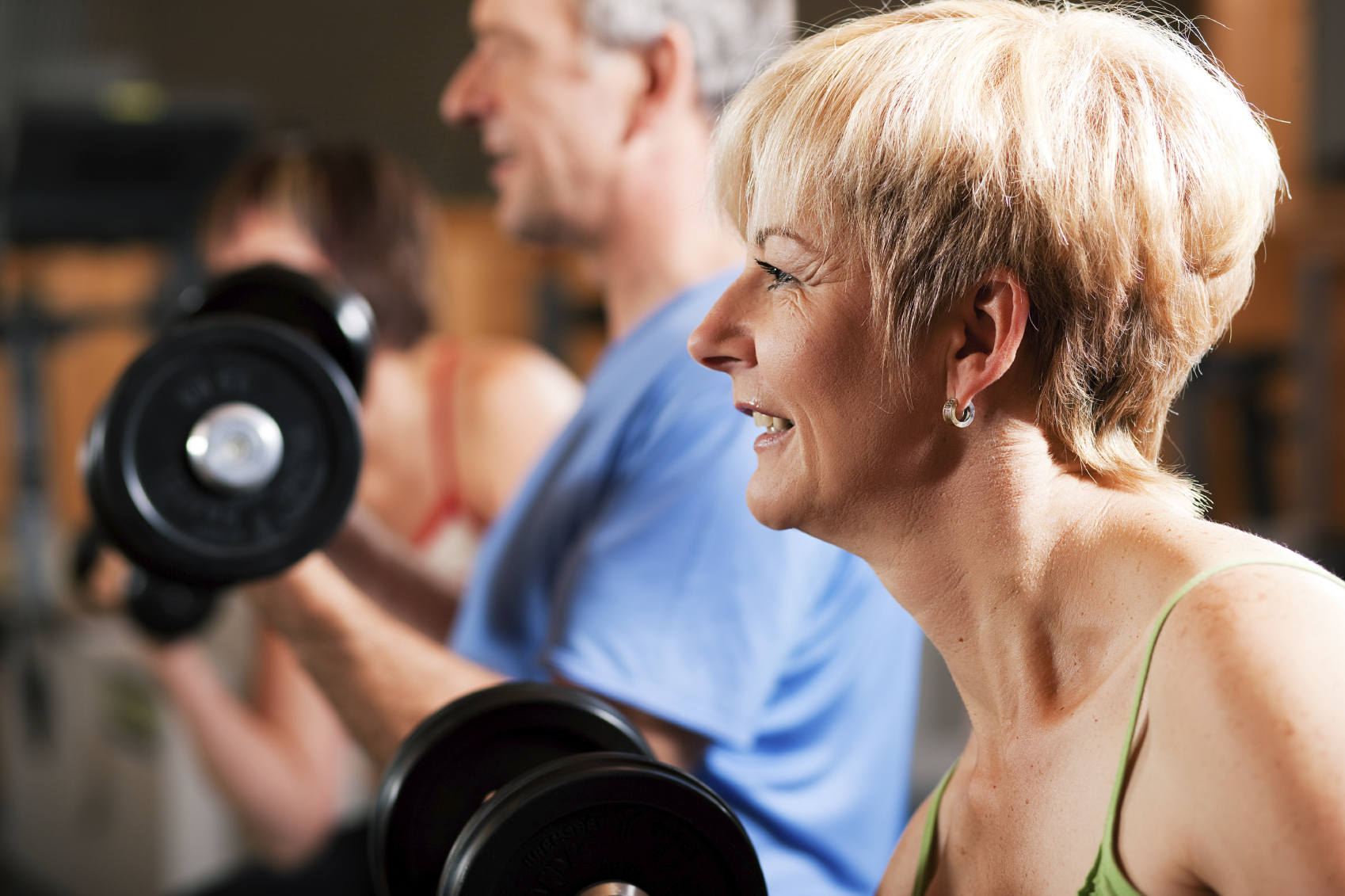You already know too much exercise can damage your heart…and even rot your teeth.
Earlier this year, we revealed the sweet spot—75 minutes of vigorous exercise a week—that can cut your risk of an early death by 31%. But what can you do to help extend your lifespan if you’re already in your later years? A new study may finally reveal the answer.
Norwegian researchers at Oslo University Hospital studied about 6,000 men for 12 years. They were all born between 1923 and 1932. At the end of the study, the team found men who were most sedentary had no increase in life expectancy.1 These men exercised for less than an hour a week—or not at all.
No surprise there. But the group getting the right amount of exercise had much different results…
They weren’t just 40% less likely to die during the 12-year study… These men were able to extend their lives by an average of five years. Researchers even noted getting this much exercise was “as beneficial as smoking cessation in reducing mortality.”2 That’s a big deal… Quitting smoking lowers your risk of heart disease by one third.3 It also reduces your risk of developing cancer.
So how much exercise do you need as a senior to increase your life span?
The most benefit came from about three hours of exercise a week. That’s about a half hour a day, six times a week. Not bad when you consider it can help add healthy years to your life.
But there may be a way to get even better results… In even less time.
Try making the switch to high-intensity interval training (HIIT). It consists of short, intense bursts of physical effort followed by brief recovery periods. The goal is to sprint until your body tells you to stop. From there, walk or jog until your heart rate returns to normal. When it does, repeat the process. The entire workout takes less than 15 minutes. And it comes with major health benefits…
Health Watch readers may recall it can help decrease heart disease risk by 30%. It may even cut cancer risk by 55%. These are the number one and number two killers of people ages 65 and older.4 Plus, HIIT is an effective way to raise your aerobic capacity—or VO2 max.
A high VO2 max may be the best way to predict 10-year survival rates in people with heart disease. Two weeks of HIIT can raise VO2 max by as much as two full months of regular endurance training. Even with 90% less time spent training.
Exercise isn’t optional when it comes to increasing your lifespan. But switching to a HIIT style workout may be even more beneficial…and less time-consuming. Just make sure to start on a treadmill or recumbent bike to avoid the risk of injury.
In Good Health,

Angela Salerno
Publisher, INH Health Watch
Like this Article? Forward this article here or Share on Facebook.
References:
1http://www.huffingtonpost.com/2015/05/15/elderly-who-exercise-live-longer-study_n_7291472.html
2http://bjsm.bmj.com/content/49/11/743
3http://www.nhlbi.nih.gov/health/health-topics/topics/smo/benefits
4http://www.cdc.gov/nchs/fastats/older-american-health.htm

